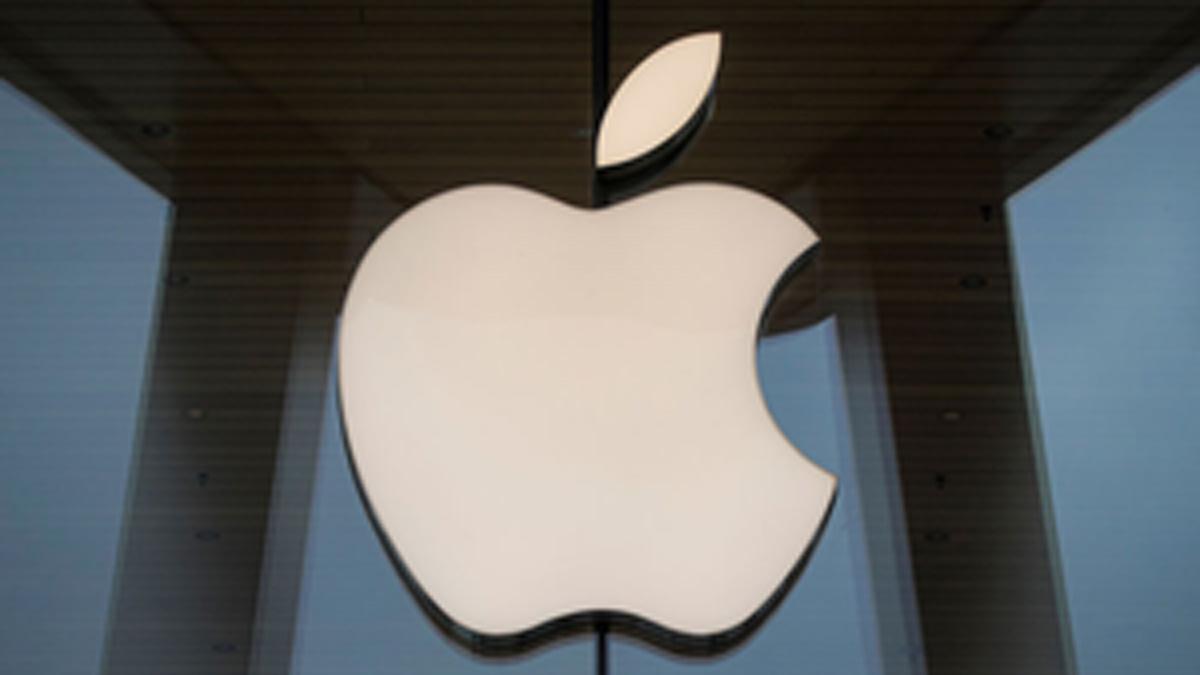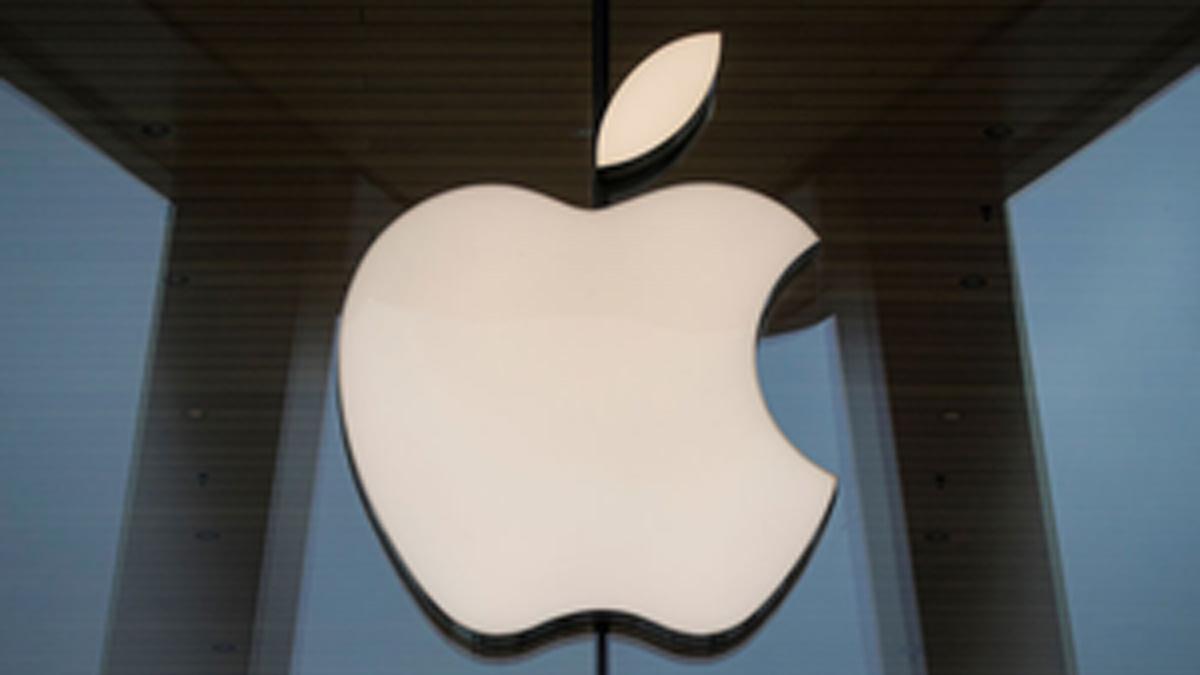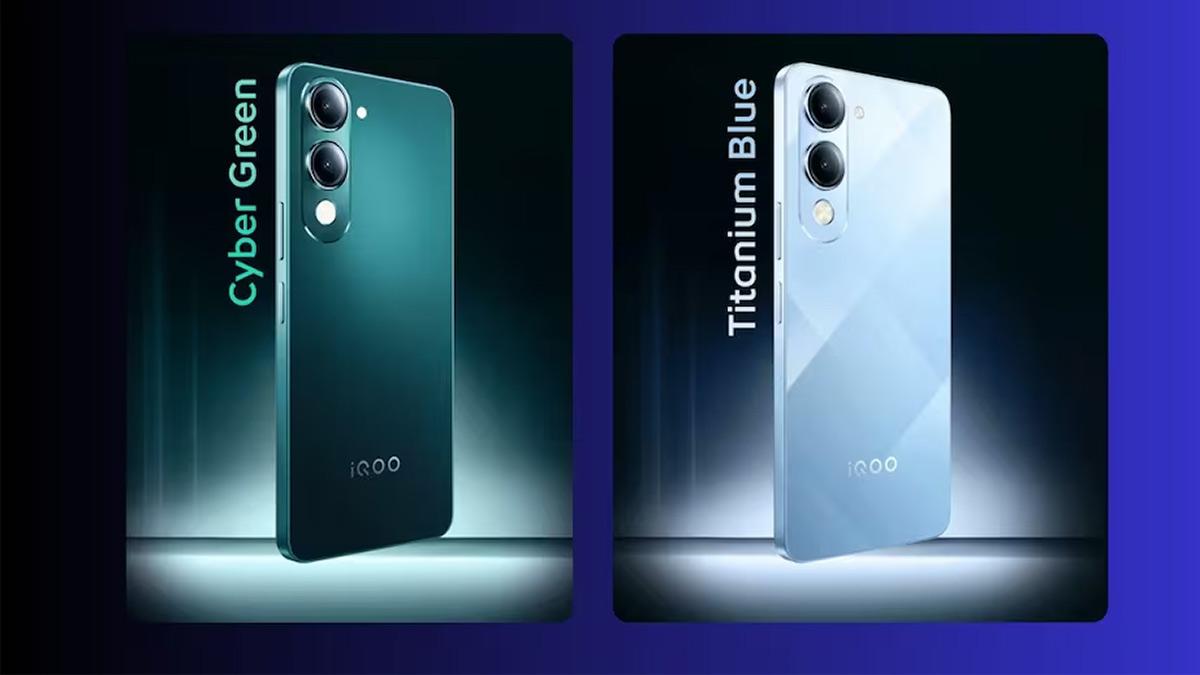On Tuesday, Apple appeared to flex one of its longest-standing muscles at WWDC 2025: delivering across its range of devices in a broad, cohesive, and seamless experience now amplified by the bold visual revamp, the most significant design shift since iOS 7.
Unveiled at its annual developers conference, iOS 26 brings a new look, new smart features, and tuning of everyday apps. The new update delivers a more visually rich and engaging interface with the same signature familiarity iPhone users love.
Tarun Pathak, Counterpoint Research Director, informed IANS that the highlight of iOS 26 is its new "liquid glass" design, that offers greater visual appeal and could further boost engagement across Apple's hardware ecosystem.
"Two of the major announcements stood out to me in particular: Apple's 'On-device AI for Developers' and iPadOS, reimagined," Pathak said. He added that the Foundation Models framework now enables developers to develop with Apple's on-device language models, and the introduction of Apple Intelligence on iPhone, iPad, Mac, Apple Watch, and Apple Vision Pro heralds serious intent in AI — a segment where Apple has been seen lagging behind the competition.".
Pathak described how AI in 2025 feels somewhat different from the previous year's hype cycle. "Users are still getting used to AI. We haven't yet seen one killer use case come about," he described.
Of all the news, iPadOS received the most buzz. Pathak described the enhancements as further cementing the iPad as a capable device for productivity and entertainment on the go.
Apple also released watchOS 26, which provides not only a new look but more intelligent, more personal capabilities. The new interface, which also uses the Liquid Glass look, makes fundamental features such as the Smart Stack, Control Center, and Photos watch face more expressive — without sacrificing the look-and-feel of watchOS.
Prabhu Ram, Vice President of CyberMedia Research (CMR), said Apple followed a core approach this year, focusing on user interface upgrade over pursuing speculative AI trends.
"Among the biggest highlights was Apple deciding to offer developers direct access to its large language model on-device through the Foundation Models framework," Ram said to IANS. "This marks a direction towards decentralized AI — empowering developers with tools to create differentiated, device-native experiences.
According to Ram, the success of this strategy will depend heavily on how quickly developers adopt the framework, the capabilities Apple offers through its tools, and how swiftly Apple can iterate.
Although Apple's highly integrated hardware-software environment positions it well to leverage AI, Ram cautioned that its advantage would be short-lived. As other competitors ramp up development of agentic AI and cross-platform solutions, how fast Apple can go and how rapidly it can deliver AI value in the real world will be essential.
Read also| Apple Elevates iPhone with iOS 26, Introduces watchOS 26 and iPadOS 26 Upgrades
Read also| Apple Adds 9 New Games to Arcade; Angry Birds Bounce Set for Next Month


















